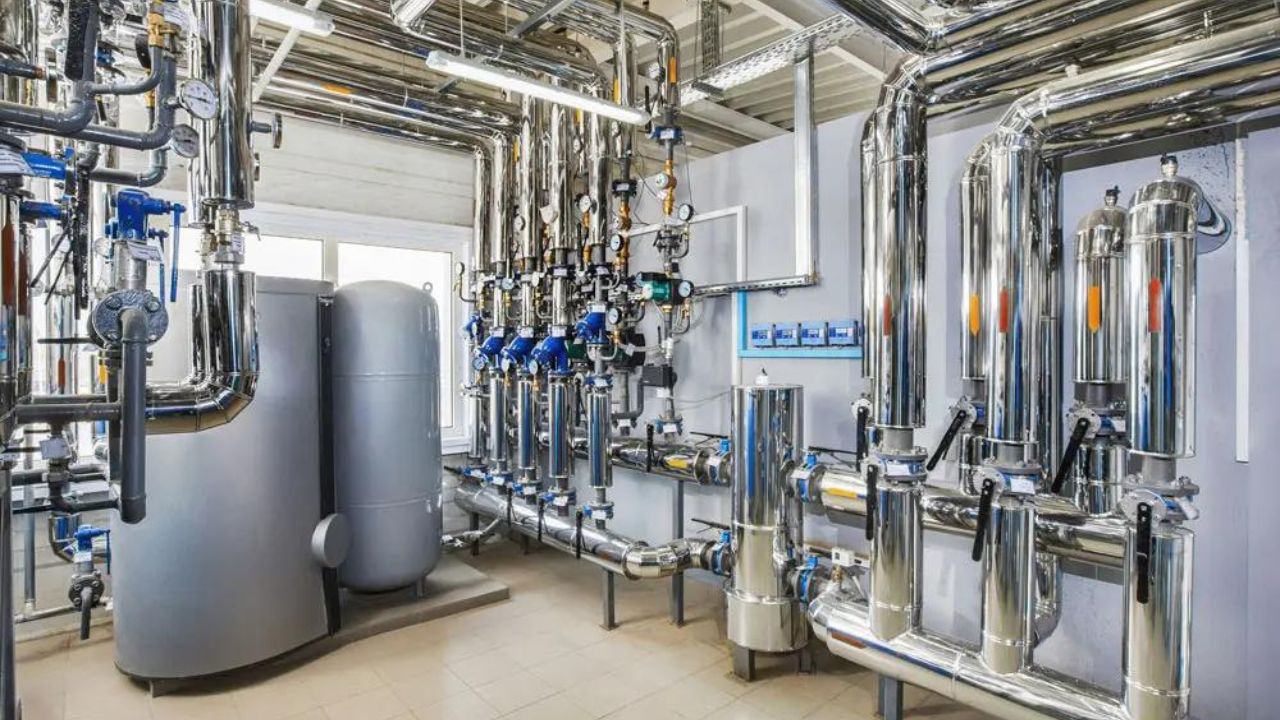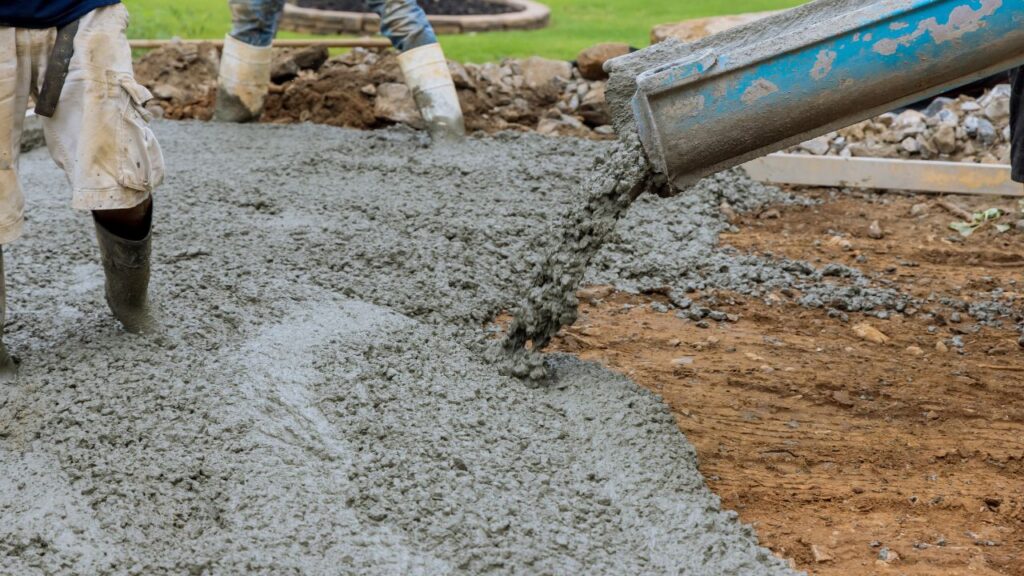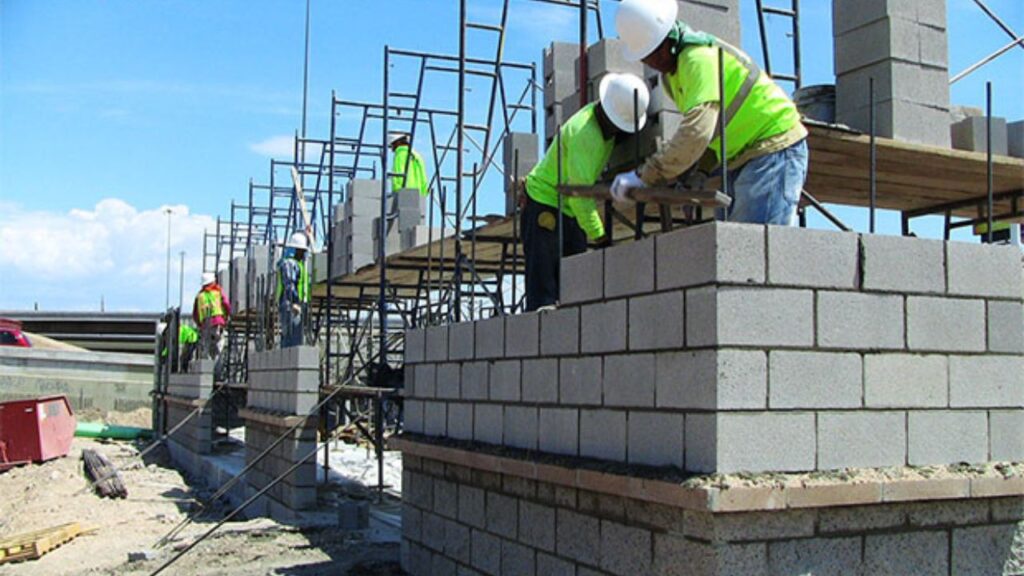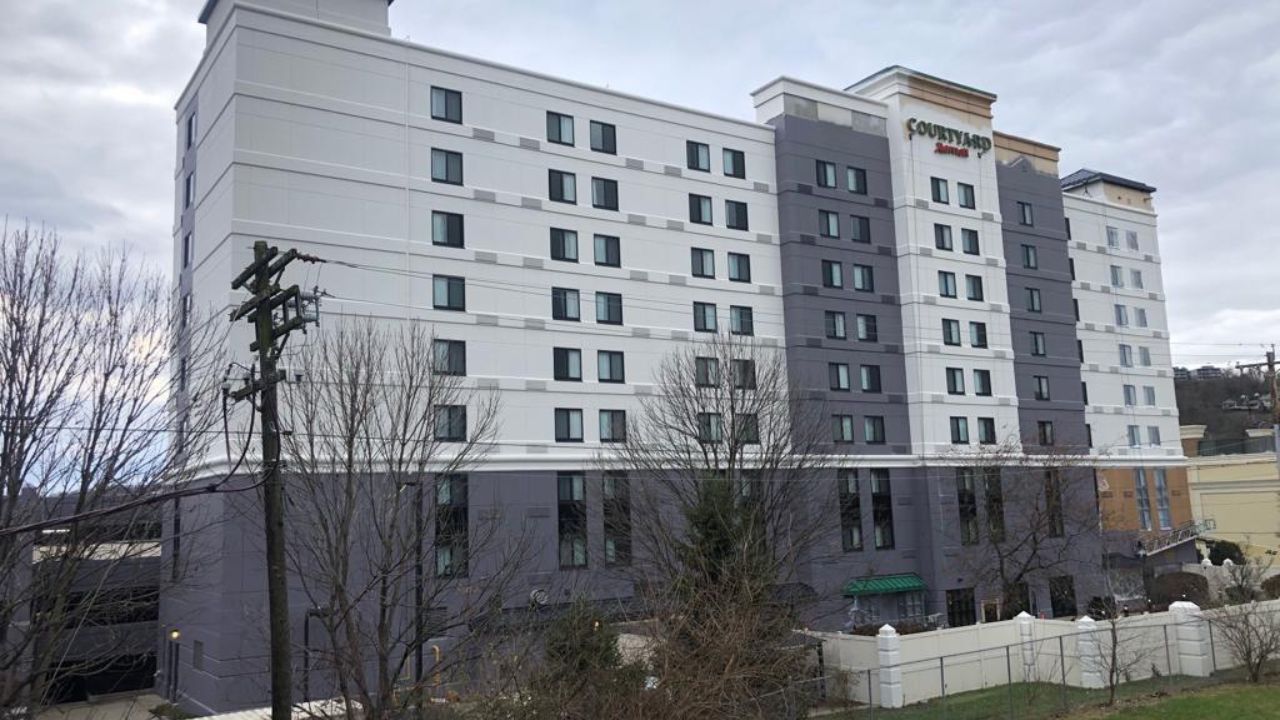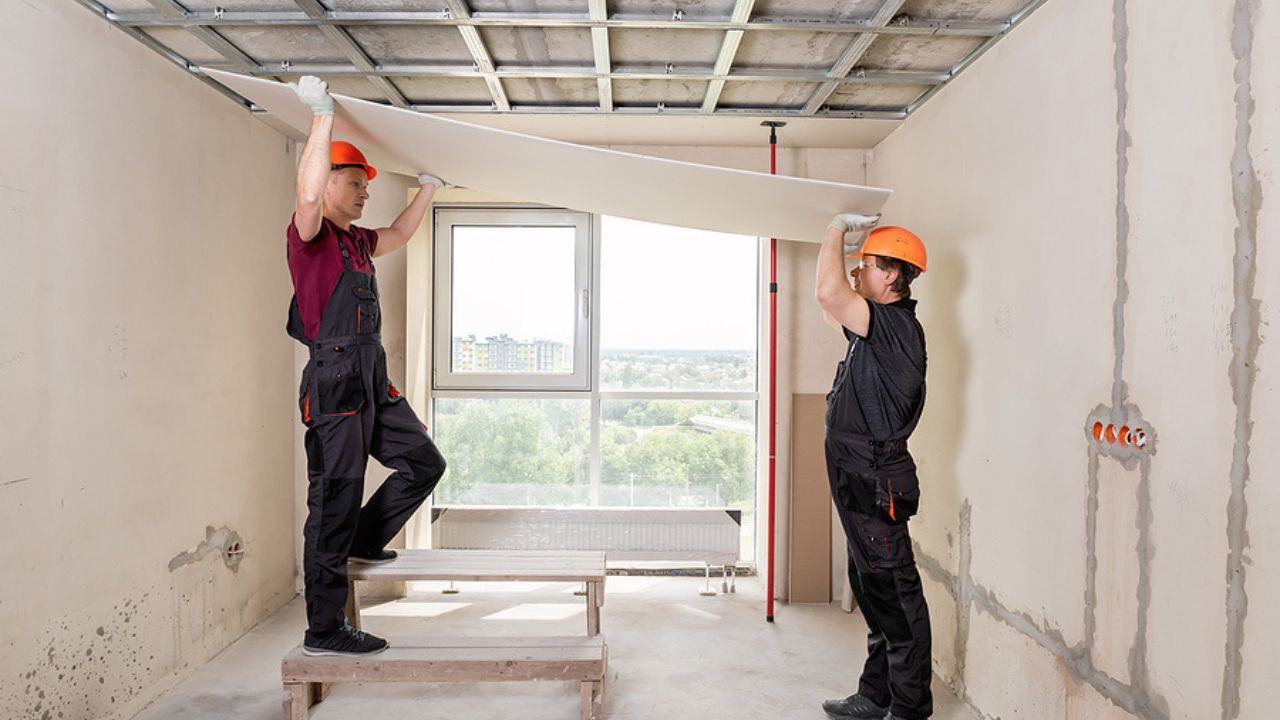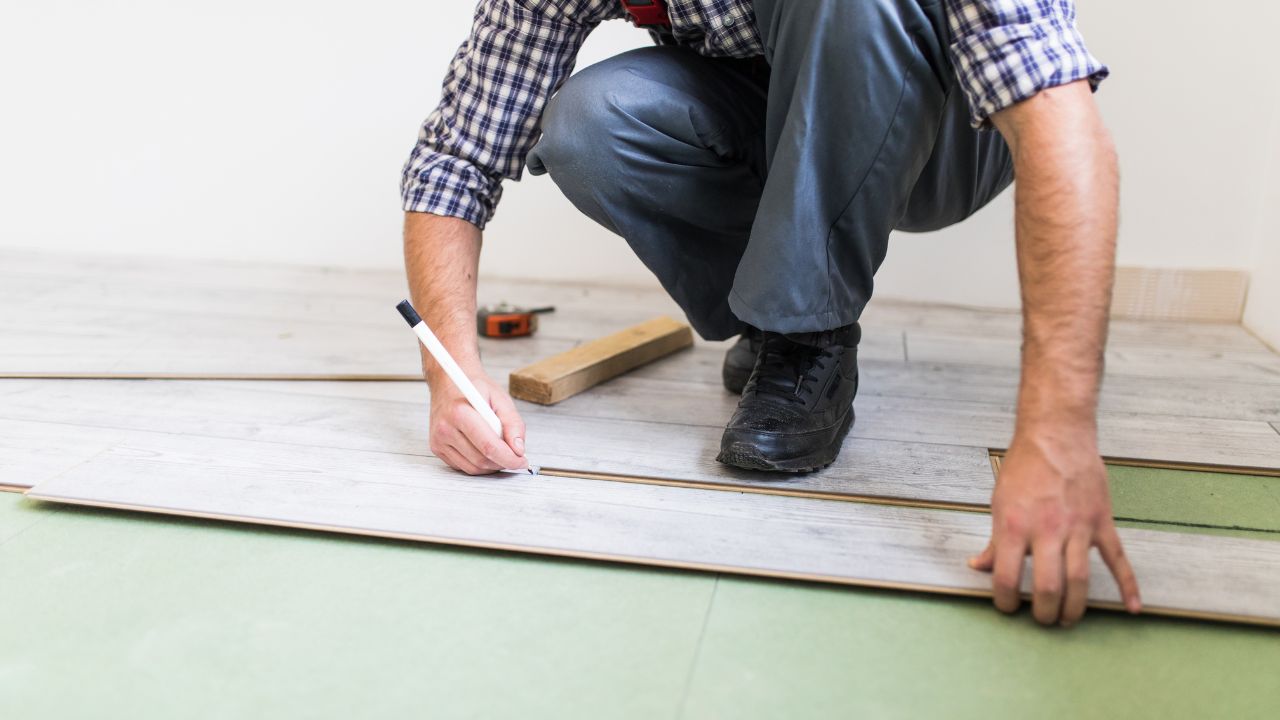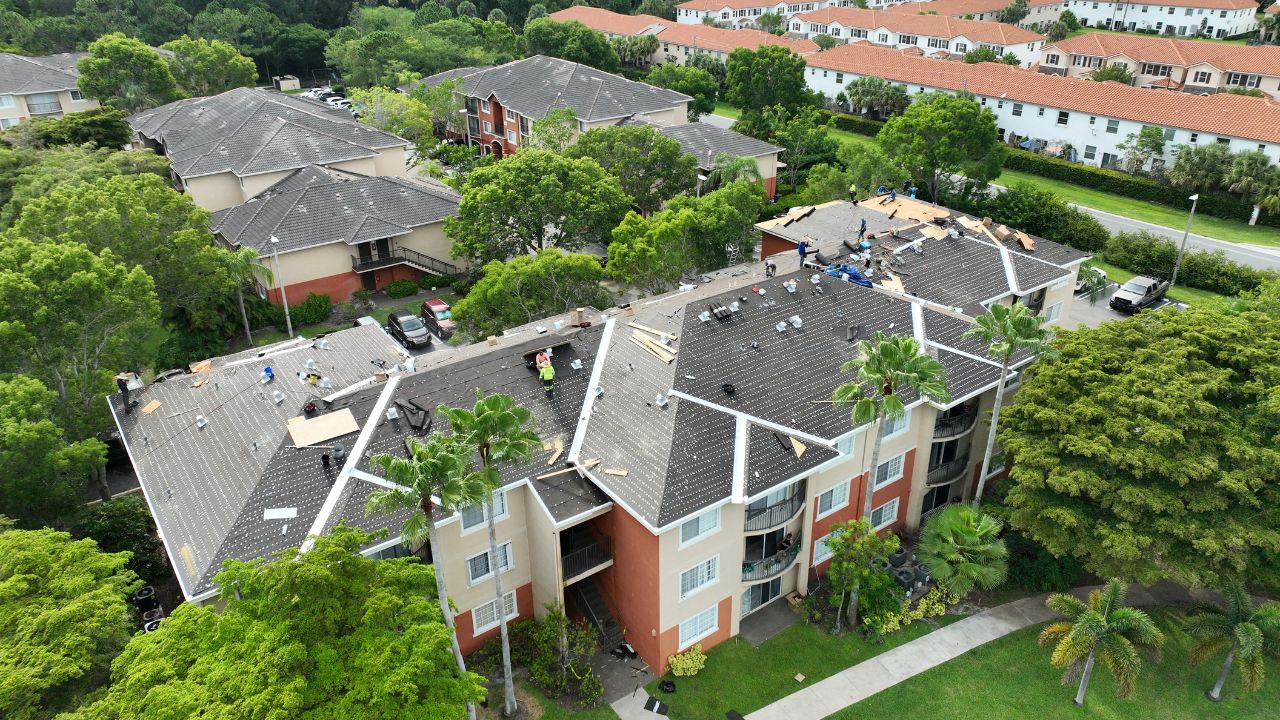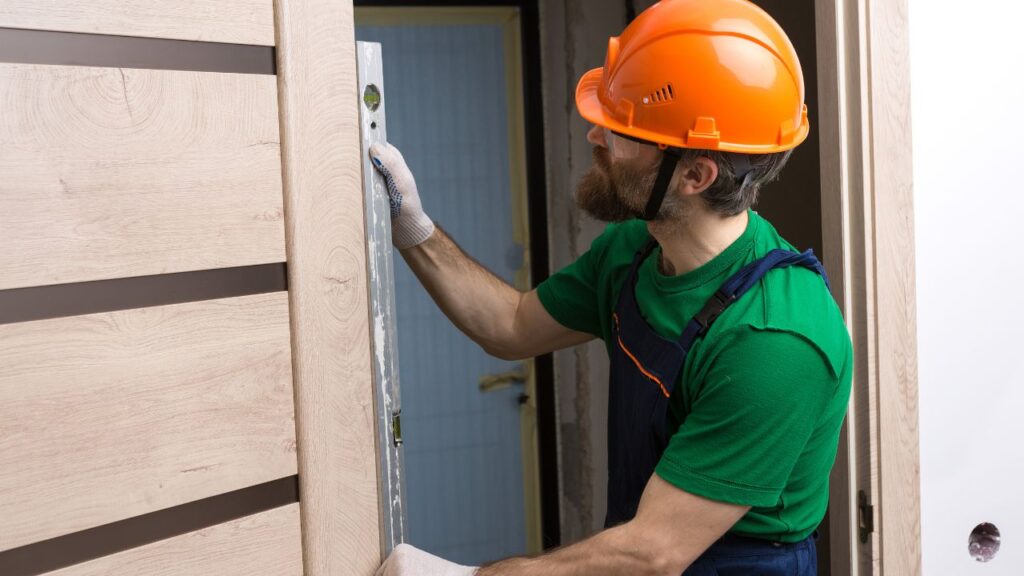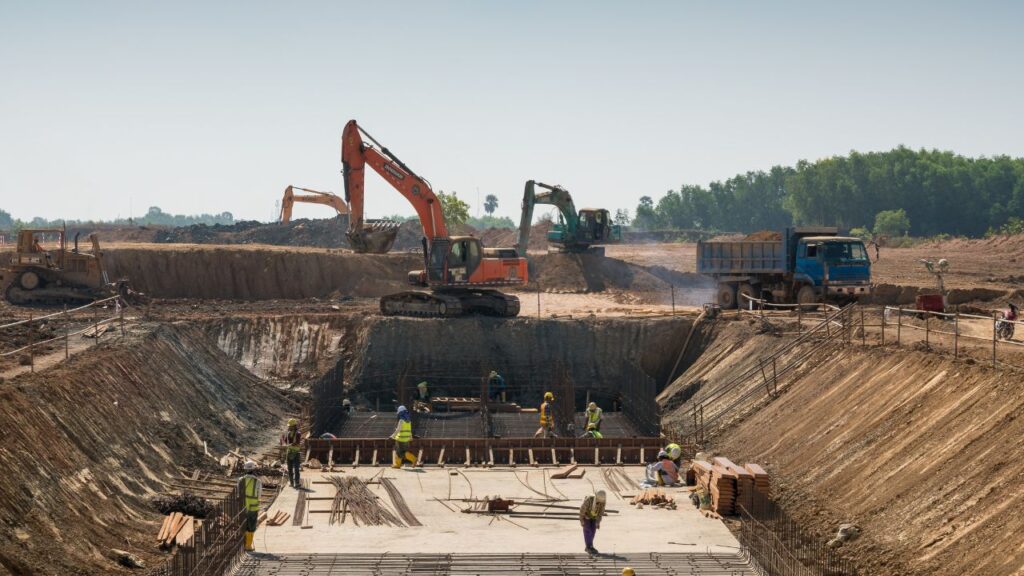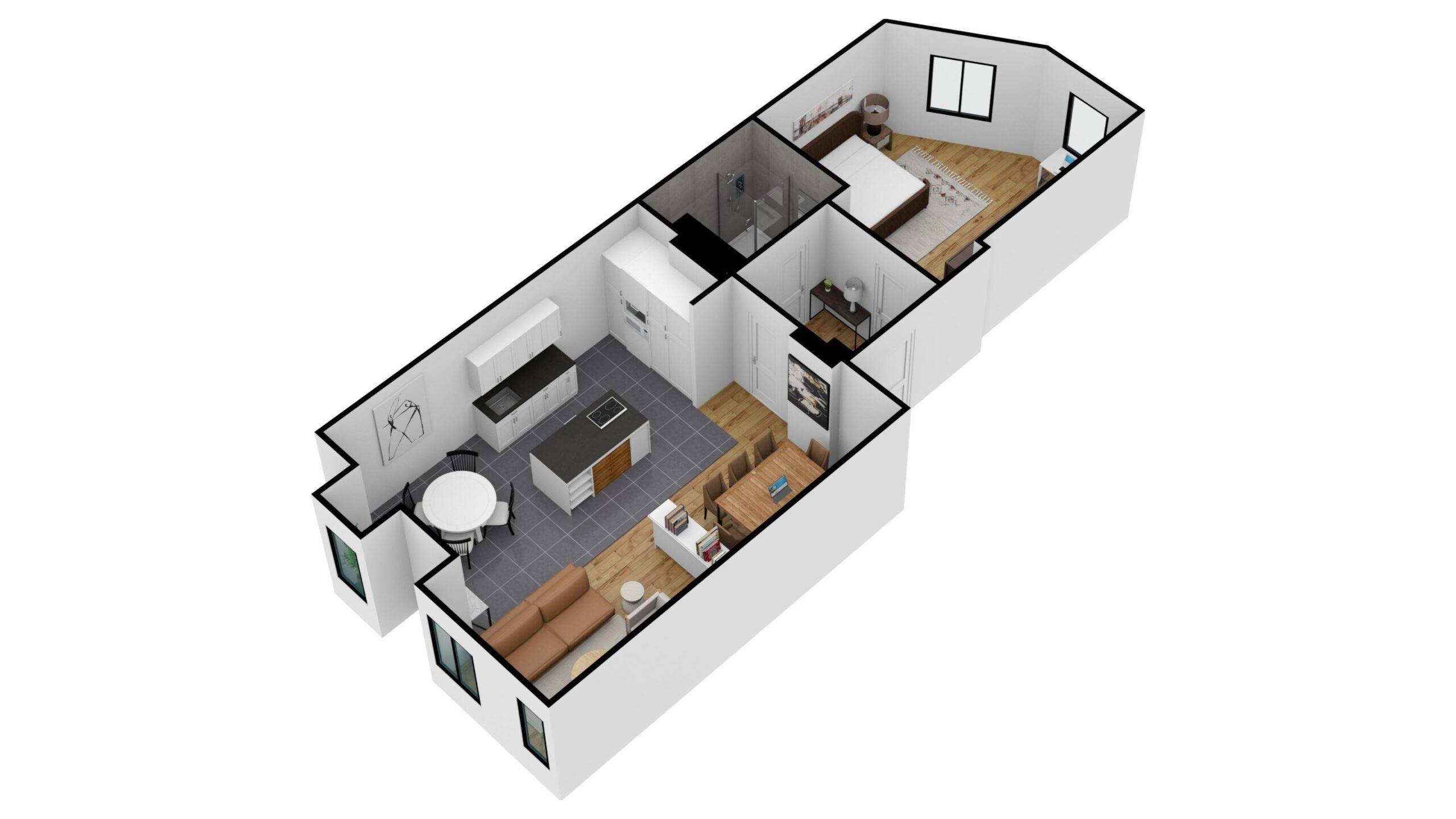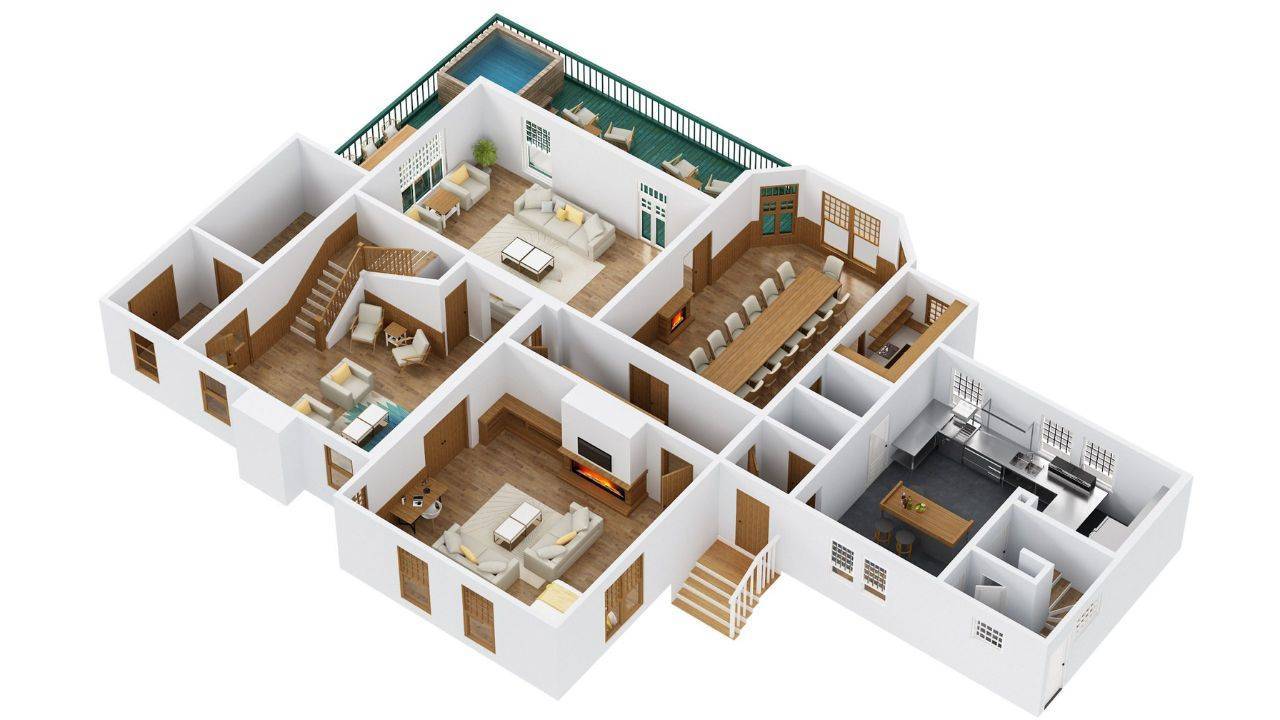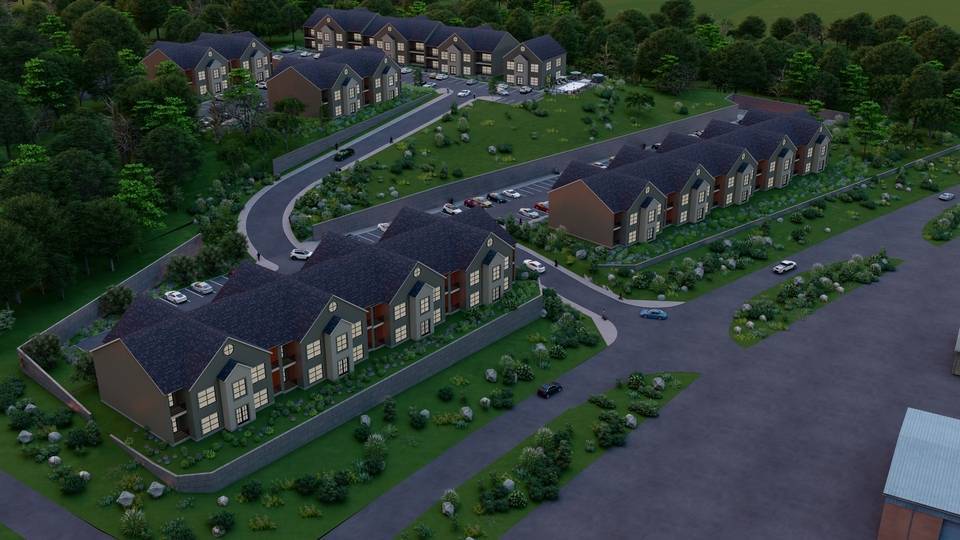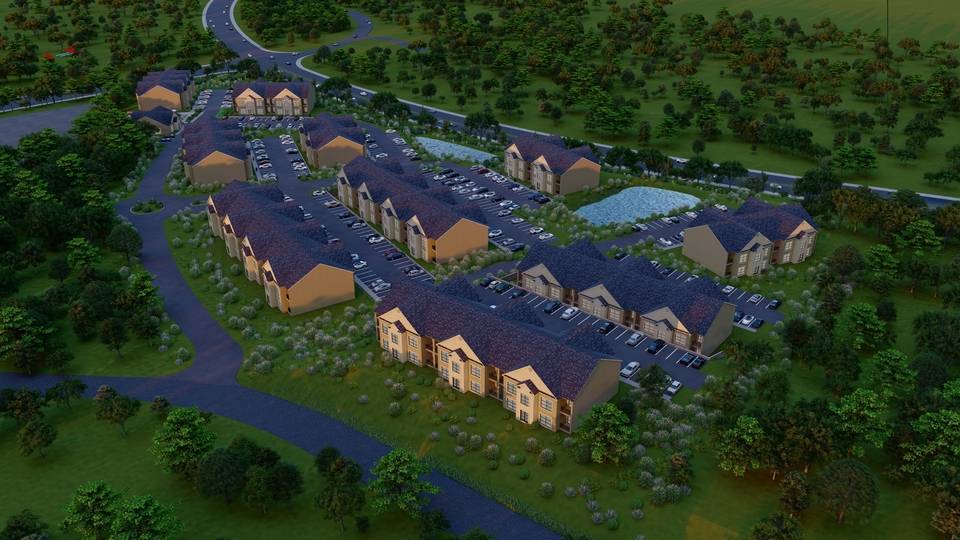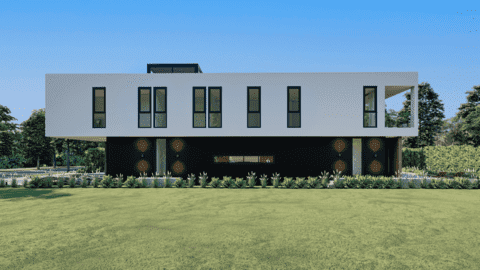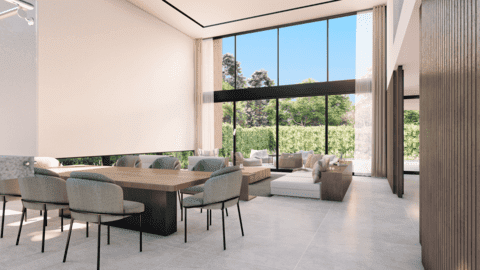- Homepage
- Blogs
Subdivision Quantity Takeoff Services
Leading provider of subdivision quantity takeoff.
Subdivision projects are a cornerstone of urban development, transforming vast tracts of land into residential, commercial, or mixed-use communities. Quantity takeoff services are integral to this process, providing detailed calculations for materials, labor, and equipment required for each phase of the project. These services not only improve cost accuracy but also streamline project management, reducing the risk of delays and budget overruns. At Estimate Florida Consulting, we specialize in providing precise subdivision quantity takeoff services tailored to the unique needs of Florida’s construction industry.

Subdivision Quantity Takeoff Cost per Acre
The cost of quantity takeoff services for subdivisions typically depends on the size and complexity of the project. On average, takeoff costs for subdivision projects range between $1,500 and $5,000 per acre. Factors influencing these costs include the type of subdivision (residential, commercial, or mixed-use), site conditions, and the level of detail required in the estimates.
Subdivision Type | Cost per Acre |
Residential Subdivision | $1,500 – $3,500 |
Commercial Subdivision | $2,000 – $4,000 |
Mixed-Use Subdivision | $3,000 – $5,000 |
Types of Subdivision Projects
Subdivision projects vary widely in scope and purpose, each requiring tailored planning and quantity takeoff services to ensure accurate resource allocation and cost estimation. Below are the primary types of subdivision projects, along with their unique characteristics and takeoff requirements.
Residential Subdivisions
Residential subdivisions involve the transformation of large parcels of land into communities designed for living. These projects may include single-family homes, townhouses, or apartment complexes, often accompanied by amenities such as parks, playgrounds, and walking paths. Quantity takeoff services for residential subdivisions typically cover:
- Earthwork: Site preparation, grading, excavation, and filling.
- Road Construction: Streets, curbs, sidewalks, and street lighting.
- Utility Installations: Sewer lines, water mains, electrical conduits, and stormwater systems.
- Landscaping: Grass, trees, shrubs, and irrigation systems.
These takeoffs ensure the smooth execution of the project while keeping costs and timelines on track.
Commercial Subdivisions
Commercial subdivisions are designed to accommodate businesses, such as offices, retail spaces, warehouses, or industrial facilities. These projects typically have more complex infrastructure requirements compared to residential developments. Key takeoff components include:
- Parking Lots: Asphalt, concrete, striping, and drainage systems.
- Loading Docks: Reinforced concrete, ramps, and retaining walls.
- Drainage Systems: Detention ponds, culverts, and stormwater management infrastructure.
- Utility Networks: High-capacity electrical, water, and gas lines tailored to commercial needs.
Commercial subdivisions require detailed planning to support heavy traffic, large-scale utilities, and specific zoning requirements.
Get Acquainted with Estimation
Mastering Bids: 12 Pro-Level Bidding Tips for Construction Managers
Maximize Profits: Budgeting Hacks for Big Construction Projects
Mixed-Use Subdivisions
Mixed-use subdivisions integrate residential, commercial, and recreational spaces, offering a blend of living, working, and leisure areas. These projects require comprehensive quantity takeoff services to address their diverse components. Typical takeoff elements include:
- Residential Components: Similar to residential subdivisions, including homes, utilities, and landscaping.
- Commercial Components: Retail and office spaces with parking lots, sidewalks, and drainage systems.
- Recreational Spaces: Parks, community centers, playgrounds, and outdoor seating areas.
- Public Utilities: Street lighting, water fountains, pedestrian pathways, and green spaces.
Mixed-use developments are increasingly popular for their convenience and sustainability, but they demand meticulous planning to balance the needs of various stakeholders and functions.
Subdivision Quantity Takeoff by Project Stage
Subdivision projects involve multiple stages, each requiring precise quantity takeoffs to ensure smooth execution and cost control. Here’s a breakdown of quantity takeoff considerations by project stage:
Land Preparation and Grading
Land preparation is the foundation of any subdivision project, involving site clearing, terrain leveling, and soil condition adjustments. Accurate quantity takeoffs during this phase ensure that the required amounts of materials and equipment are identified, including:
- Excavation: Calculations for soil removal based on site topography and design plans.
- Grading: Quantities of cut-and-fill materials to create a level surface and meet drainage requirements.
- Backfilling: Estimation of fill materials needed for trenches, utility areas, and leveling.
- Clearing and Disposal: Quantities of vegetation and debris to be removed and disposed of appropriately.
Proper planning in this stage ensures a solid base for subsequent construction phases while minimizing environmental impact and costs.
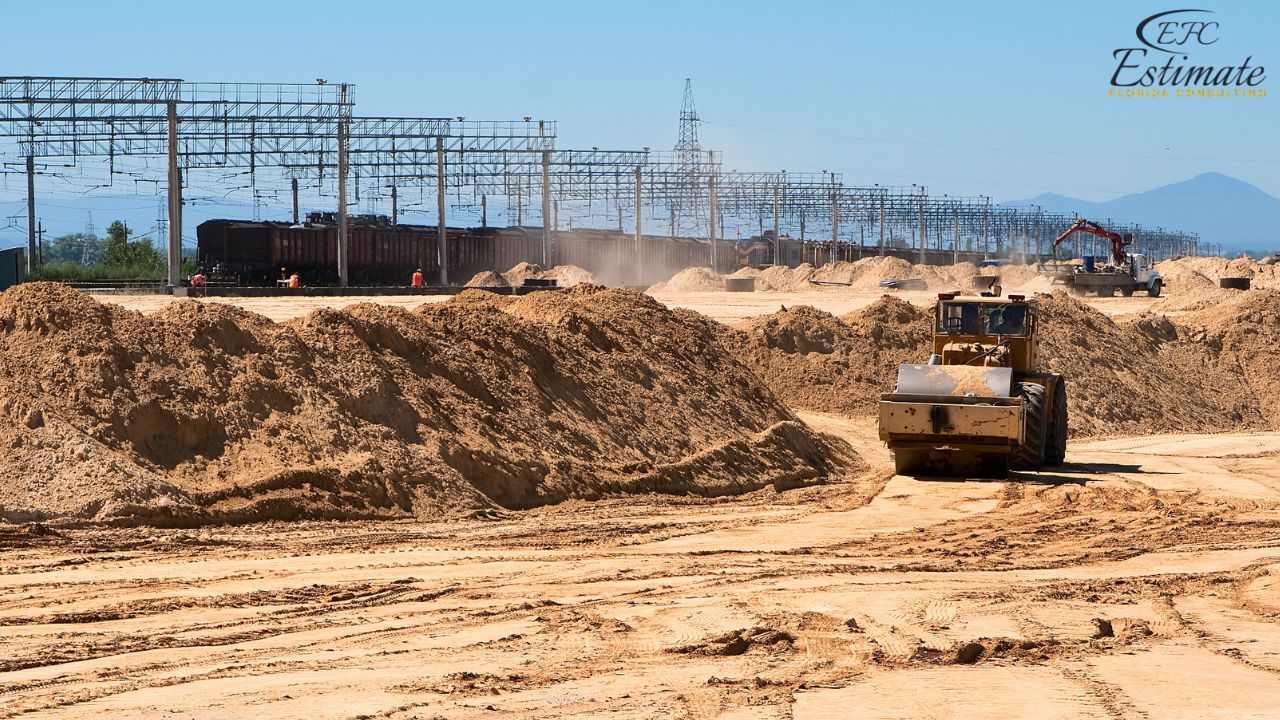
Utility Installation
Installing utilities like water, sewer, electricity, and gas lines is a critical phase in subdivision projects. Quantity takeoffs for this stage include:
- Pipes and Conduits: Measurements for lengths, diameters, and types of pipes and conduits.
- Fittings and Accessories: Quantities of couplings, elbows, valves, and junction boxes.
- Trenching and Backfilling: Calculations for trench volumes and backfill material.
- Manholes and Utility Boxes: Estimation of precast concrete components and their placement requirements.
Accurate takeoffs reduce the risk of procurement delays or material shortages, ensuring that utilities are installed efficiently and comply with local regulations.
Roadway Construction
Roadway construction in subdivisions involves building internal streets and connecting them to external transportation networks. Takeoff services for this stage include:
- Asphalt and Aggregates: Quantities of base layers, sub-base materials, and asphalt paving.
- Curbing and Sidewalks: Measurements for curbs, gutters, and pedestrian pathways.
- Traffic Control Systems: Quantities of signage, striping, and signal components.
- Drainage Systems: Estimation of culverts, stormwater pipes, and grates to manage runoff.
Detailed takeoffs ensure all necessary materials and resources are available, avoiding delays in road completion.
Landscaping and Finishing
The final stage of subdivision development focuses on enhancing the aesthetic and functional appeal of the area. Quantity takeoffs for landscaping and finishing include:
- Irrigation Systems: Quantities of pipes, sprinklers, and control valves.
- Greenery: Calculations for sod, mulch, trees, shrubs, and other plants.
- Decorative Elements: Estimation of fencing, lighting, pathways, and benches.
- Erosion Control Measures: Quantities of geotextiles, retaining walls, or riprap to stabilize soil.
Accurate takeoffs ensure that landscaping aligns with design plans, adding value and visual appeal to the completed subdivision.
Win More Projects With Us
Subdivision Takeoff by Project Type
Subdivision projects involve multiple stages, each requiring precise quantity takeoffs to ensure smooth execution and cost control. Here’s a breakdown of quantity takeoff considerations by project stage:
Greenfield Subdivisions
Greenfield subdivisions involve developing land that has not been previously built upon. These projects typically take place in rural or undeveloped areas, requiring significant initial groundwork.
Takeoff services for greenfield projects focus on:
- Land Clearing: Quantifying the removal of vegetation, trees, and debris to prepare the site.
- Grading: Calculating cut-and-fill volumes to level the land for roadways, housing lots, and other infrastructure.
- Infrastructure Installation: Estimating materials and labor for utilities such as water, sewer, and electrical systems, as well as roads and drainage systems.
Since greenfield sites often have fewer existing constraints, takeoff accuracy ensures the efficient use of resources while accounting for large-scale site preparation.
Brownfield Subdivisions
Brownfield subdivisions involve redeveloping land that was previously used or potentially contaminated. These projects often take place in industrial or urban areas, requiring additional steps to address environmental concerns.
Takeoff services for brownfield projects include:
- Environmental Remediation: Estimating the scope of soil removal, treatment, or replacement to meet environmental standards.
- Specialized Grading: Calculating earthwork quantities for regrading the site after remediation efforts.
- Infrastructure Updates: Quantifying modifications or upgrades to outdated utilities and infrastructure.
Brownfield developments are complex, and detailed takeoffs are crucial for managing remediation costs and ensuring regulatory compliance.
Infill Subdivisions
Infill subdivisions develop unused or underutilized parcels within existing urban areas. These projects often face unique challenges due to space constraints and integration with surrounding infrastructure.
Takeoff services for infill projects emphasize:
- Utility Connections: Calculating the materials and labor needed to connect to existing water, sewer, and electrical systems.
- Site Adjustments: Quantifying earthwork for small-scale grading or adjustments to fit within established urban layouts.
- Zoning Compliance: Estimating the impact of local zoning requirements on lot configurations and construction.
Infill projects require precision to maximize land use while minimizing disruption to the surrounding community. Accurate takeoffs help balance project efficiency with compliance and integration needs.
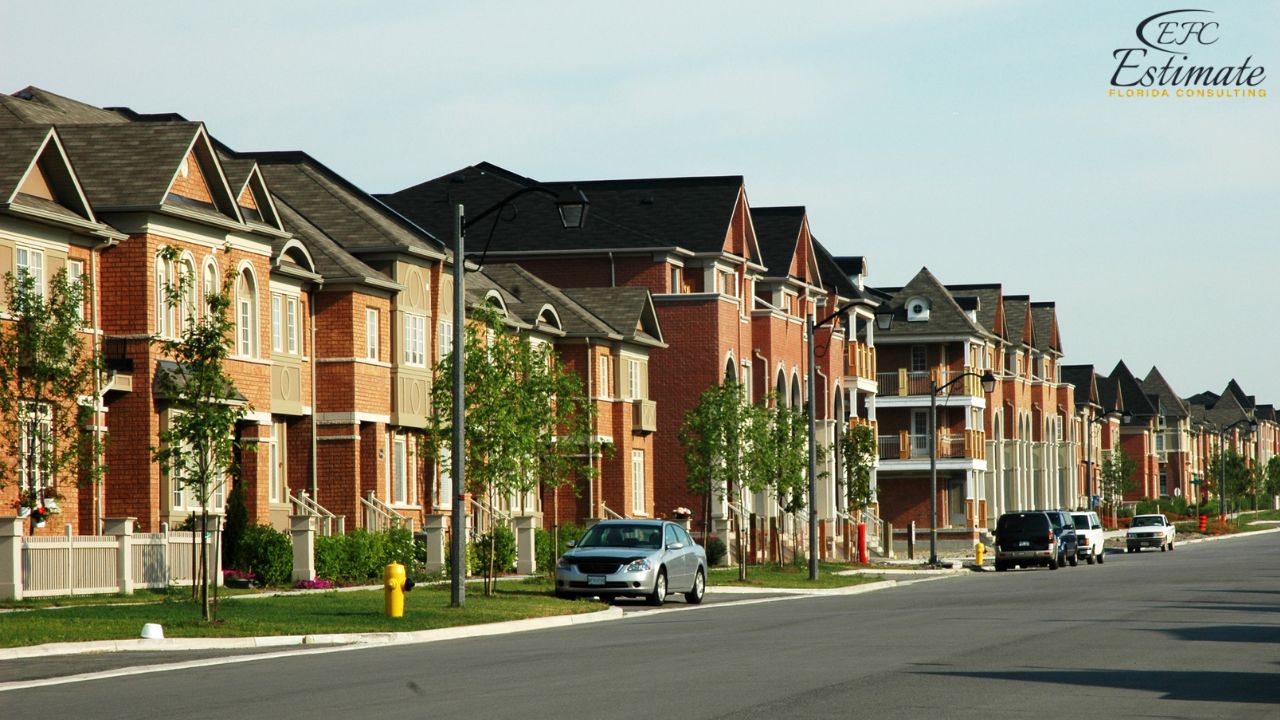
Cost Breakdown by Major Components
Accurate cost breakdowns are crucial for estimating expenses in construction projects, particularly for subdivisions. Here’s an overview of costs associated with major components:
Earthwork and Excavation
Earthwork includes clearing, grading, and excavation, which prepare the site for construction. Costs for this component typically range from $5,000 to $15,000 per acre, depending on factors like site topography, soil conditions, and required depth of excavation. Sites with challenging terrain or rocky soils may incur higher costs due to increased labor and equipment needs.
Concrete Work
Concrete is a fundamental material for constructing foundations, sidewalks, curbs, and other structural elements in subdivisions. Quantity takeoffs for concrete work generally range from $8,000 to $25,000 per acre, varying based on design complexity and the volume of concrete required. Additional factors, such as reinforcement materials or decorative finishes, can also impact costs.
Asphalt Paving
Road and pathway paving requires precise takeoffs to ensure accurate procurement of asphalt and related materials. Costs for asphalt paving range from $10,000 to $30,000 per acre, influenced by road density, width, and design specifications. Projects requiring thicker pavement layers for heavy vehicle traffic may experience higher costs, while simpler pathways or parking lots are less expensive.
Stormwater Management Systems
Stormwater systems, such as retention ponds, drainage networks, and culverts, are essential for managing runoff and preventing flooding in subdivisions. Takeoff costs for these systems average between $7,000 and $20,000 per acre, depending on the complexity of the design, local regulatory requirements, and site hydrology. Enhanced systems with advanced filtration or larger storage capacities will generally increase the cost.
Landscaping and Irrigation
Landscaping takeoffs involve calculating the quantities for sod, plants, trees, and irrigation systems to enhance the aesthetic appeal and functionality of the subdivision. Costs typically range from $5,000 to $15,000 per acre, influenced by the type of vegetation, soil preparation needs, and irrigation system complexity. Projects with premium landscaping elements or drought-resistant plants may require additional investment.
Download Template For Subdivision Quantity Takeoff Project Breakdown
- Materials list updated to the zip code
- Fast delivery
- Data base of general contractors and sub-contractors
- Local estimators

Benefits of Subdivision Quantity Takeoff Services
Subdivision quantity takeoff services offer numerous benefits for contractors and developers:
- Accurate Budgeting: Detailed takeoffs reduce the risk of cost overruns by providing precise estimates for materials and labor.
- Efficient Resource Allocation: Accurate takeoffs ensure that resources are allocated effectively, minimizing waste and delays.
- Improved Project Planning: With detailed takeoffs, project timelines can be planned more accurately, ensuring smoother execution.
- Enhanced Transparency: Comprehensive takeoffs foster trust among stakeholders by providing a clear understanding of project requirements and costs.
Conclusion
Subdivision quantity takeoff services are indispensable for successful residential, commercial, and mixed-use developments in Florida. By providing accurate estimates for every phase of a subdivision project, these services enable contractors and developers to manage resources effectively, control costs, and ensure timely project completion. At Estimate Florida Consulting, we specialize in delivering high-quality quantity takeoff services tailored to the unique needs of subdivision projects. Contact us today to streamline your next development project with precise, reliable takeoffs.
Frequently Asked Question
A subdivision quantity takeoff involves calculating the materials, labor, and resources required for developing a subdivision, covering phases such as grading, utilities, road construction, and landscaping.
Subdivision quantity takeoff services typically range from $1,500 to $5,000 per acre, depending on the complexity and type of subdivision.
Quantity takeoffs ensure accurate budgeting, efficient resource allocation, and improved project planning, reducing the risk of delays and cost overruns.
Yes, subdivision takeoffs can be tailored to the specific needs of a project, accounting for unique features, local regulations, and environmental considerations.
Comprehensive Trade-Specific Estimates
At Estimate Florida Consulting, we offer detailed cost estimates across all major trades, ensuring no part of your project is overlooked. From the foundation to the finishing touches, our trade-specific estimates provide you with a complete and accurate breakdown of costs for any type of construction project.

Testimonials
What Our Clients Say
We take pride in delivering accurate, timely, and reliable estimates that help contractors and builders win more projects. Our clients consistently praise our attention to detail, fast turnaround times, and the positive impact our estimates have on their businesses.
Estimate Florida Consulting has helped us win more bids with their fast and accurate estimates. We trust them for every project!

Steps to Follow
Our Simple Process to Get Your Estimate
01
Upload Plans
Submit your project plans, blueprints, or relevant documents through our online form or via email.
02
Receive Quotation
We’ll review your project details and send you a quote based on your scope and requirements.
03
Confirmation
Confirm the details and finalize any adjustments to ensure the estimate meets your project needs.
04
Get Estimate
Receive your detailed, trade-specific estimate within 1-2 business days, ready for your project execution.




